From sacred rituals to Instagrammable moments, weddings have always reflected the values, politics, and style of their time.
Today’s weddings—whether they take place in a church, forest, courthouse, or resort—are built on centuries of shifting traditions. From what we wear to why we exchange rings, almost every part of a modern wedding has a fascinating backstory.
In this series, we explore the history of weddings through the lens of culture, religion, politics, economics, and personal expression. It’s not just about nostalgia—it’s about understanding how we got here, and why weddings continue to matter.
Whether you’re planning your own wedding or just fascinated by tradition, you’ll find rich stories and surprising facts in each of the articles below.
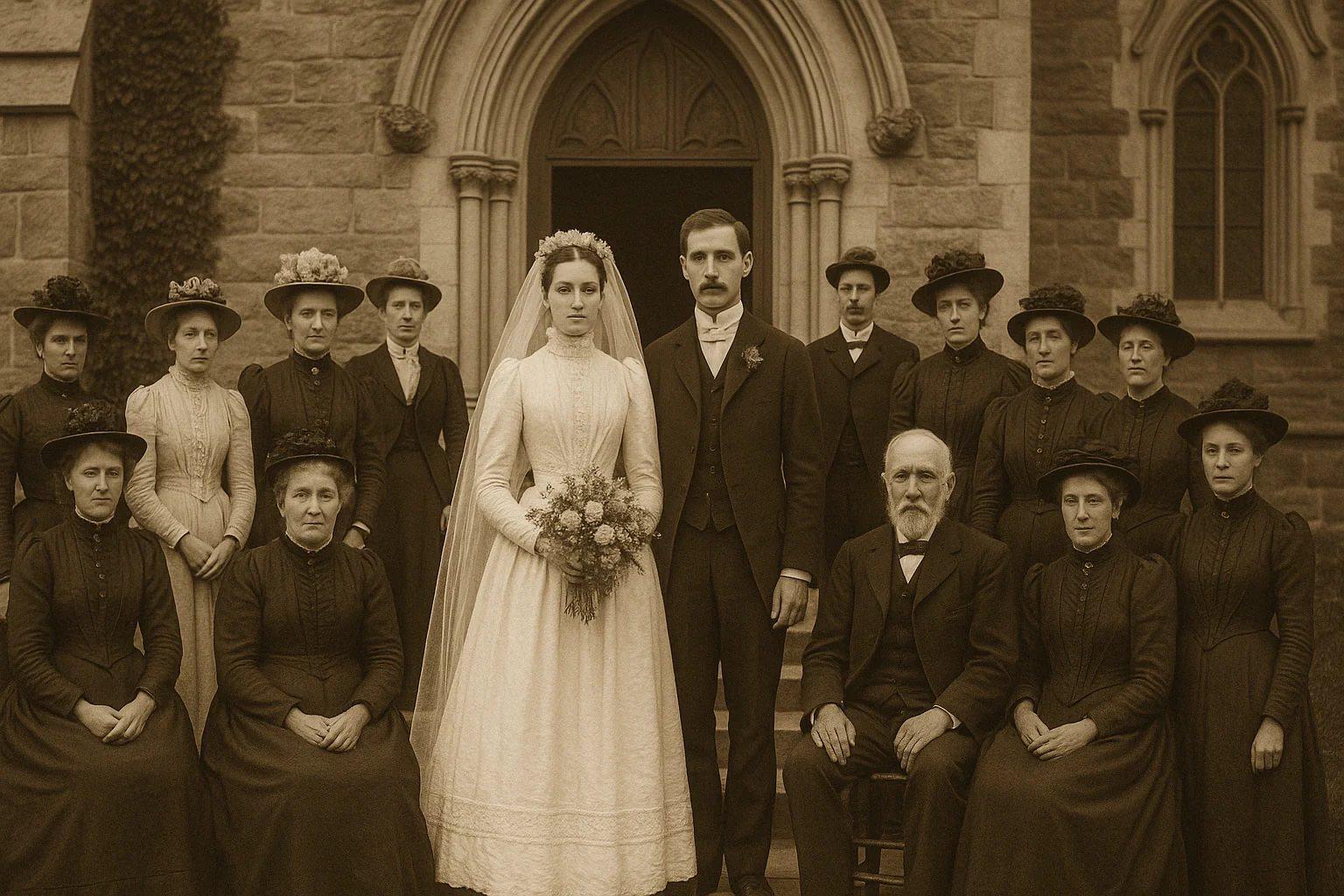
Weddings Through the Ages: What’s in a Tradition?
Across time and culture, weddings have always been a public expression of private vows. But they’ve also served other functions—cementing alliances, managing property, celebrating family, or rebelling against norms.
- In ancient Rome, weddings were legal contracts, not romantic gestures.
- In Victorian England, Queen Victoria’s white dress set a fashion precedent still followed today.
- In modern Canada, multicultural and LGBTQ+ weddings have reshaped long-held expectations of what a wedding can look like.
Each article in this series breaks down a different aspect of the wedding day—exploring how it began, how it’s changed, and what it means now.
Weddings Through the Ages: What’s in a Tradition?
Across time and culture, weddings have always been a public expression of private vows. But they’ve also served other functions—cementing alliances, managing property, celebrating family, or rebelling against norms.
- In ancient Rome, weddings were legal contracts, not romantic gestures.
- In Victorian England, Queen Victoria’s white dress set a fashion precedent still followed today.
- In modern Canada, multicultural and LGBTQ+ weddings have reshaped long-held expectations of what a wedding can look like.
Each article in this series breaks down a different aspect of the wedding day—exploring how it began, how it’s changed, and what it means now.
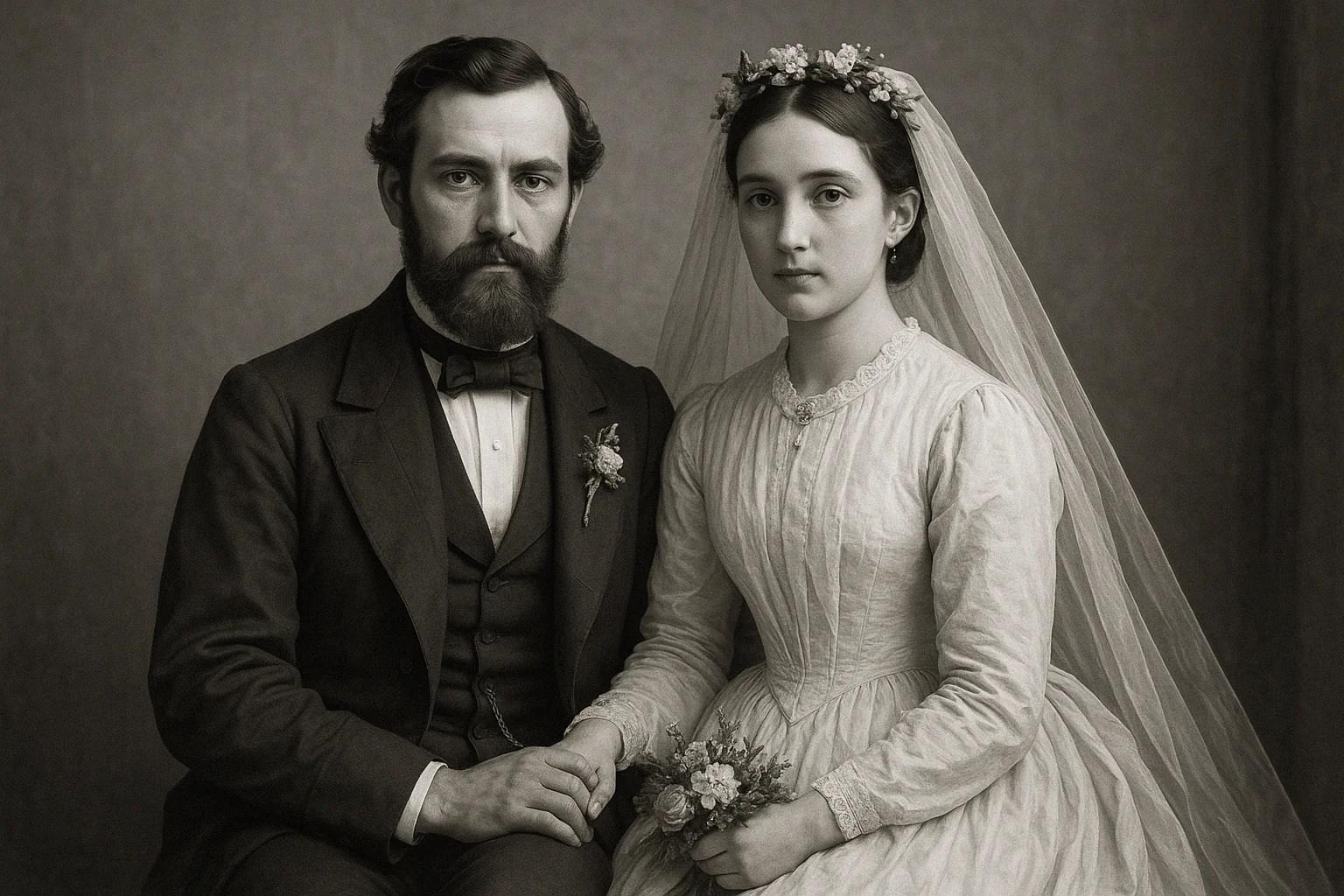
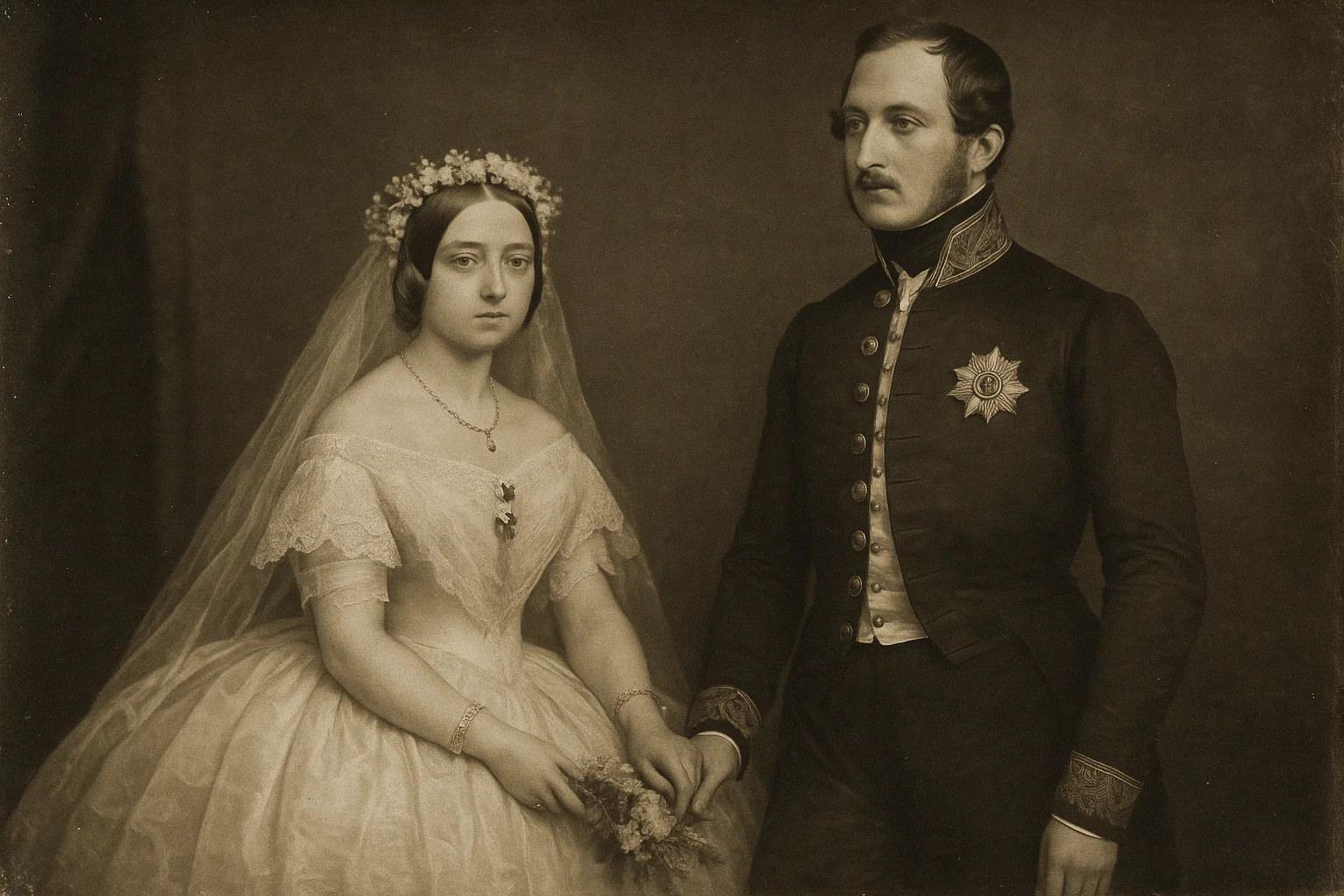
Explore the Series
Here’s what you’ll find in our Wedding History Series:
Fashion & Symbolism
- The History of the Wedding Dress
- The History of Wedding Fashion (Beyond the Dress)
- The History of the Wedding Veil
- The History of Wedding Symbols and Colours
Traditions & Rituals
- The History of the Wedding Ceremony
- The History of Wedding Vows
- The History of Wedding Superstitions
- The History of the Wedding Ring
- The History of Marriage Licenses in Canada
Wedding Party & Guests
- The Origin of the Wedding Party
- The History of Bridesmaids and Groomsmen
- The History of Wedding Roles for Children
- The History of the Wedding Guest List
Reception & Celebration
- The History of the Wedding Reception
- The History of the Wedding Cake
- The History of the Bouquet Toss
- The History of the Garter Toss
- The History of the First Dance
- The History of Wedding Music and Speeches
Global & Cultural Perspectives
- Wedding Traditions from Around the World
- Weird Wedding Traditions Throughout History
- The History of LGBTQ+ Weddings in Canada
- The History of Elopements
- The History of the Honeymoon
Wedding Industry & Planning
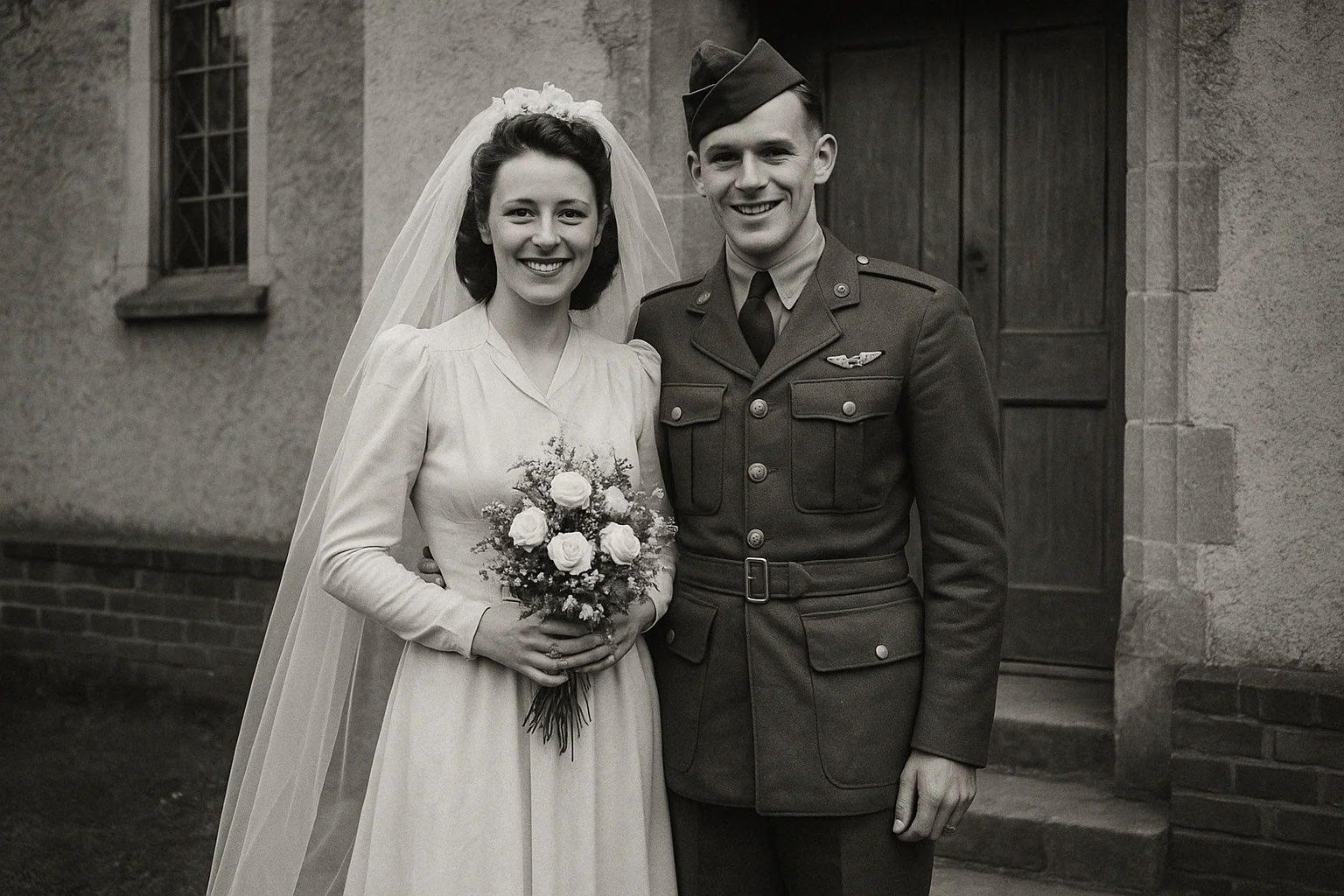
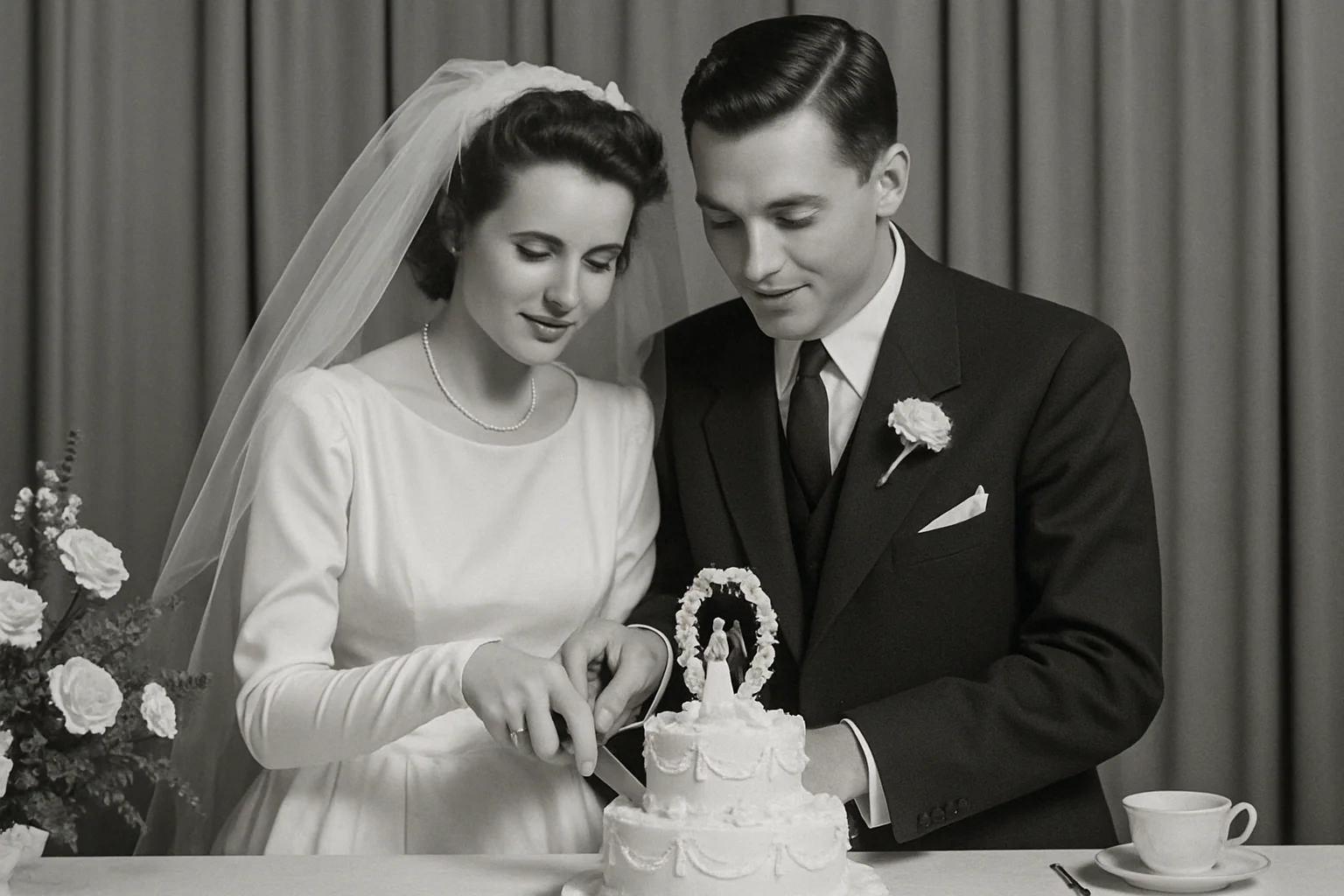
Why This Matters to Canadian Couples
In Canada, wedding traditions aren’t just inherited—they’re adapted. Our ceremonies reflect multicultural communities, diverse spiritual beliefs, legal milestones like the 2005 legalization of same-sex marriage, and a growing desire for meaningful, personalized celebrations.
By understanding the history behind your wedding day, you can choose traditions intentionally—whether that means honouring your culture, reimagining old customs, or creating something entirely your own.
Continue Planning Your Wedding
Ready to dive into the details? How to Find the Perfect Wedding Photographer: The Ultimate Guide to Making the Right Choice